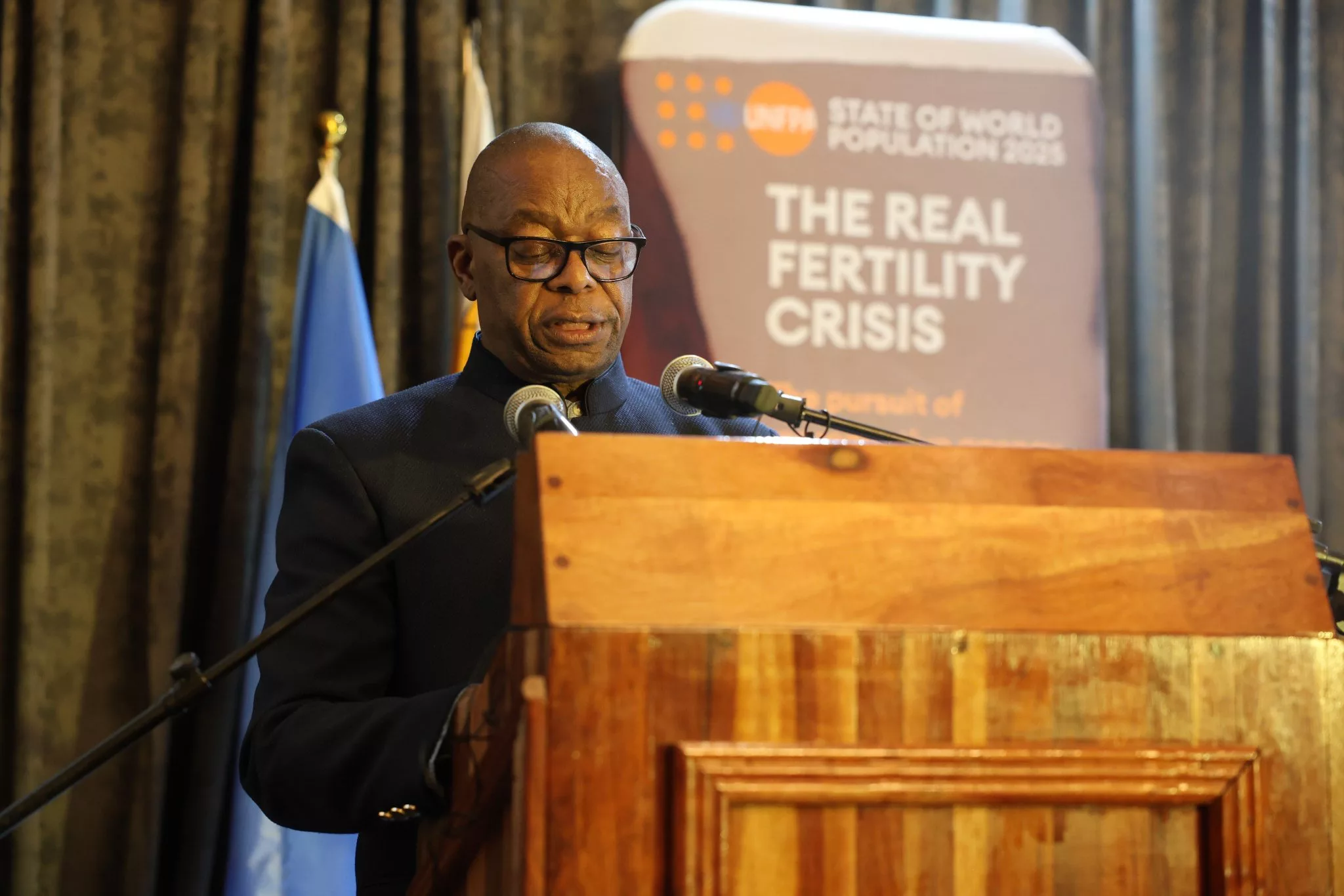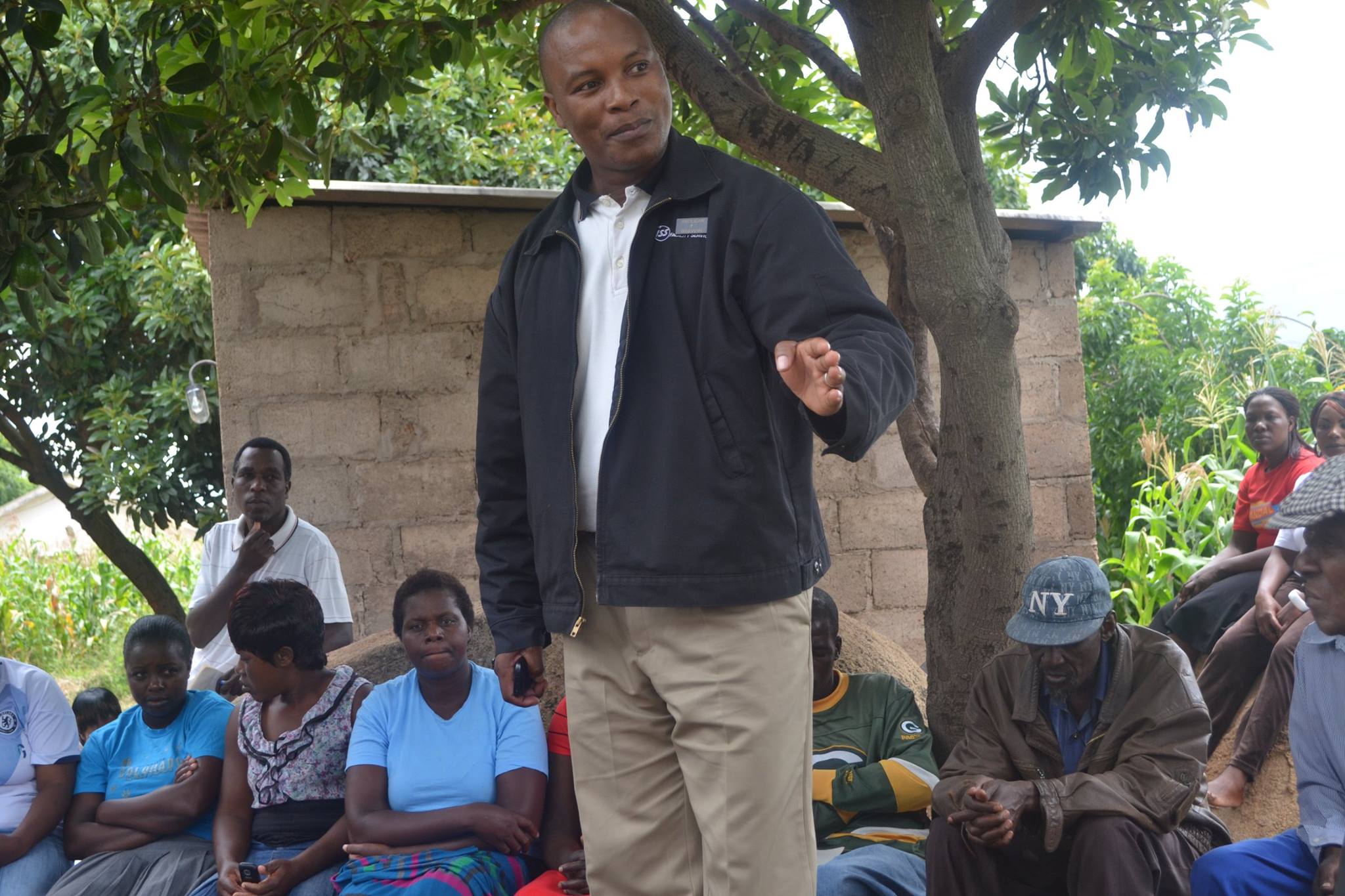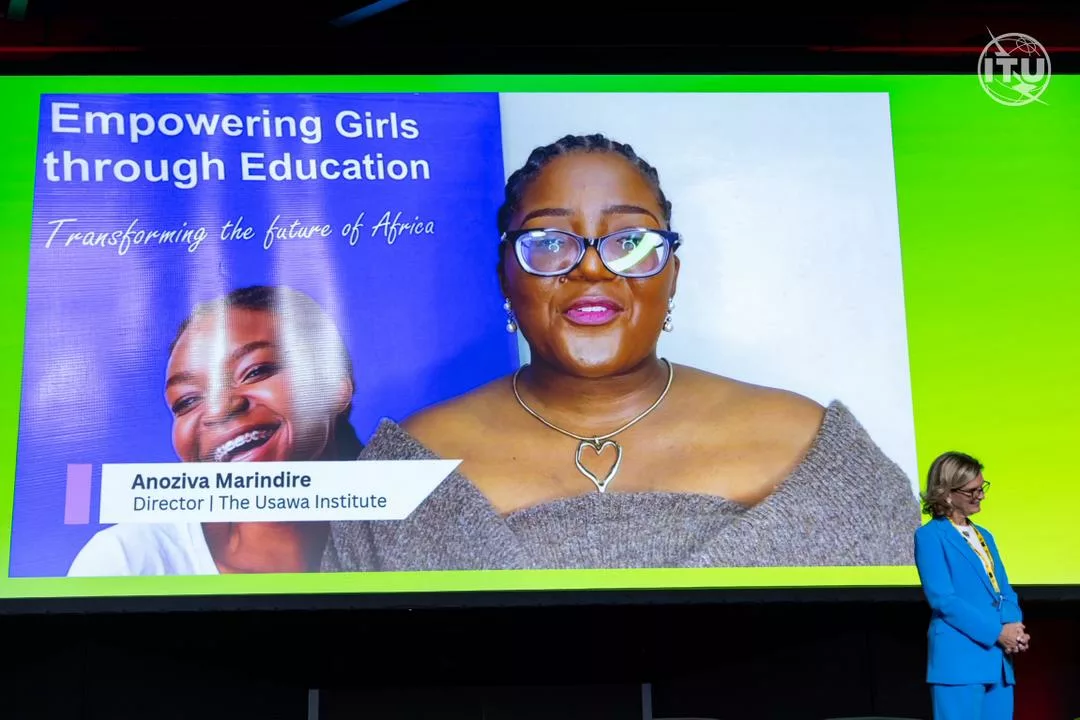|
Getting your Trinity Audio player ready...
|
Harare, Zimbabwe — 11 July 2025 – Zimbabwe joined the world on Thursday to launch the United Nations Population Fund’s (UNFPA) flagship 2025 State of World Population Report, an event that spotlighted a surprising but critical global trend: fertility rates are falling—not because people don’t want children, but because they face mounting barriers to having them.
The report, “The Real Fertility Crisis: The Pursuit of Reproductive Agency in a Changing World,” warns that millions worldwide are having fewer children than they want. This isn’t a sign of waning desire for parenthood but rather an indictment of the economic, social, and gender-related obstacles preventing families from growing on their own terms.
“Vast numbers of people are unable to create the families they want,” said Dr. Natalia Kanem, Executive Director of UNFPA. “The issue is lack of choice, not desire, with major consequences for individuals and societies.”
A Global Wake-Up Call, A Local Reflection
At the Harare launch event, hosted by UNFPA in partnership with the Government of Zimbabwe, policymakers, diplomats, and civil society leaders gathered to discuss the report’s findings—and their relevance at home.
Zimbabwe’s own demographic data mirrors global trends in nuanced ways. Fertility has declined significantly over the past 30 years. In 1994, Zimbabwe’s Total Fertility Rate (TFR)—the average number of children a woman would have over her lifetime—was 4.3. By 2005-06, it fell to 3.8, and has remained relatively stable, standing at 3.9 according to the 2023-24 Zimbabwe Demographic and Health Survey.
But disaggregated figures tell a more complex story:
– Urban women have about 3.1 children on average, starting childbearing at 21.1 years.
– Rural women have about 4.6 children on average, starting at 19.4 years.
– Fertility sharply declines with household wealth, from 5.5 children in the lowest wealth quintile to 2.6 in the highest.
This gap highlights structural inequality. Wealthier, urban women often delay childbirth and have fewer children, in part because they face competing pressures between work and caregiving, and because the high cost of raising children can be prohibitive.
“Even when women in the workplace desire to have more children, childcare responsibilities often make it difficult for them to pursue career advancement, maintain full-time employment, or engage in professional development,” the report notes.
Zimbabwe’s Policy Response: Upholding Reproductive Rights
Speaking at the launch, Zimbabwe’s Minister of Health and Child Care, Dr. Douglas Mombeshora, reaffirmed government support for reproductive rights.
“The Government of Zimbabwe upholds reproductive rights, empowering individuals to choose the number, timing, and spacing of children they want to have, free from coercion,” he said.
He acknowledged that while fertility rates remain an important driver of Zimbabwe’s youthful demographic profile—and thus its potential economic growth—the key is ensuring informed, voluntary choice.
“We will continue to support policies to ensure we prevent low birth rates,” Dr. Mombeshora added, underscoring the delicate balance between demographic trends and development planning.
Barriers Beyond Economics: Gender Inequality in Focus
The 2025 State of World Population Report highlights that economic precarity is only one piece of the puzzle. Deep-rooted gender inequalities exacerbate the fertility crisis by limiting women’s choices.
Women globally still do three to ten times more unpaid domestic and childcare work than men, the report finds. This unequal burden means many women simply cannot afford to have the number of children they want.
At least 14% of survey respondents said they wouldn’t have their desired number of children because they lacked a partner or a suitable partner, reflecting shifting social dynamics, urbanization, and the pressures of modern life.
“Gender inequality, unpaid caregiving, and unequal domestic roles are silent drivers of underachieved fertility goals,” the report warns.
International Solidarity and Support
The UK’s Development Director and Deputy Head of Mission in Zimbabwe, Dr. Jo Abbot, lauded the launch of the report and pledged continued support for reproductive rights in Zimbabwe.
“When people are unable to have the families they want due to economic or social barriers, it’s not just a personal loss—it’s a development challenge,” Dr. Abbot said. “We are committed to supporting policies and partnerships that empower individuals, especially women and young people, to make informed, free choices about their futures.”
A Call to Action: Empowering Reproductive Choice
UNFPA’s Country Representative in Zimbabwe, Ms. Miranda Tabifor, closed the event with a pointed reminder: the real crisis isn’t about low fertility per se—it’s about choice.
“The ability to choose the size and timing of one’s family is a fundamental human right,” she said. “When economic precarity, gender inequality, and societal pressures limit these choices, we face a ‘real fertility crisis.’ UNFPA is committed to working with all partners to ensure that every individual has the resources and support needed to realize their reproductive aspirations, fostering societies where rights and choices are universal.”
The Way Forward
The State of World Population Report 2025 doesn’t just diagnose a problem—it offers a roadmap. UNFPA urges governments worldwide, including Zimbabwe, to invest in policies that empower reproductive agency. These include:
– Affordable childcare and housing;
– Decent, secure work
– Paid family leave;
– Comprehensive reproductive health services; and
– Reliable, accessible information.
As Zimbabwe continues to navigate its own demographic transition, the report’s core message resonates clearly: supporting reproductive rights is both a human rights obligation and a cornerstone of sustainable development.






